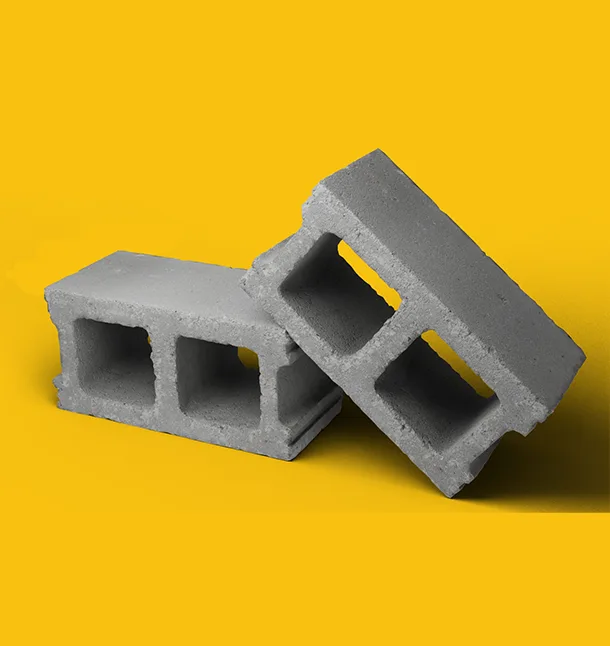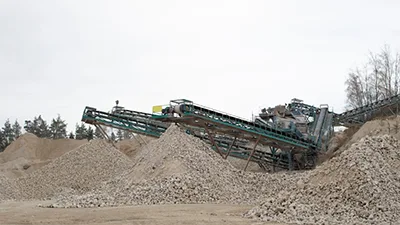Brick is a building material used in the construction industry. Bims bricks, produced by compressing water, cement, and aggregate into molds, can be manufactured faster with modern machines. The bricks produced with briket machines are of higher quality compared to those in the past.
Brick is highly effective in terms of heat and sound insulation, making it one of the essential materials in the construction industry. Its lightweight nature also makes it practical to use. Known as bims, this material is often preferred due to its affordability.

Briquette Prices
There are several factors that determine the prices of bims bricks. The main factor is the cost of raw materials. The extraction and processing of materials like cement, aggregate, and clay used in brick production are significant price determinants. Additionally, production technologies also affect the prices.
Whether production is manual or automated influences the prices when considering the labor and time involved. Transportation and delivery processes to the construction site also play a key role in determining prices.
In the construction industry, another factor that determines the price of building materials is the balance of supply and demand. In regions with high raw material demand, price increases may occur. Labor costs and the economic conditions of the region also play a role in determining the price of bims bricks.
Globally, the price of bims bricks is tied to foreign currencies, fluctuating based on the national currency’s exchange rate against the dollar. Therefore, it’s not possible to provide a fixed price list for bims bricks.
Briquette Prices 2023
In 2023, bims prices fluctuated based on economic conditions and developments in the construction sector. Bims became a sought-after construction material due to its environmental friendliness and energy efficiency, which impacted the prices.
Another factor influencing the prices was the type of building material. Varieties like 20 cm bims bricks and 25 cm bims bricks were more commonly preferred, which led to significant price variations.
Briket prices increased in 2023 in line with industry developments. A similar trend is expected for 2024. Bims is widely used in individual and commercial construction projects due to its affordability and durability.
Produced in different sizes and molds, such as 15 cm and 20 cm bricks, this material stands out due to its ease of transportation. The growing demand for bims determines its production volume and prices. It is expected that bims prices will follow a similar trajectory in 2024.
Briquette Dimensions
Bims bricks are commonly used building materials in the construction industry. Due to their durability and easy production, they are preferred in many construction projects. Although bims bricks are produced in standard sizes, they can be found in various dimensions based on their intended use, project requirements, and regional preferences. These dimensions directly affect the application and functionality of the bricks.
The dimensions of bims bricks used for wall construction, insulation projects, or garden landscaping can vary depending on their function. Since bims bricks can be made from concrete, clay, or plaster materials, the size standards for each material may differ.
The most common bims brick dimensions are 20x40x20 cm and 15x30x15 cm. These dimensions are typically used for standard brickwork in wall construction. For larger projects, bigger bricks may also be preferred. For example, 25x50x20 cm bricks are used for broader areas, enabling the construction of large walls with fewer bricks. For smaller-scale projects, smaller bricks measuring 10x20x10 cm can be chosen.
Bims dimensions should be selected according to the area where the material will be used. A good selection can reduce labor time and save materials. The thickness of bims also affects the insulation properties of the wall, with thicker bricks being more effective for heat and sound insulation.

What is a Briquette?
Bims bricks are lightweight due to their porous structure. This makes them easy to transport and use. Their success in heat and sound insulation makes them a popular choice for residential construction. Additionally, they are fire-resistant, which adds to their appeal.
How to Produce Briquette Bricks?
Bims production is carried out quickly and efficiently with new-generation briket machines. The first step in the production process is preparing the raw materials. The materials used in bims production must be carefully measured and mixed into a homogeneous form. This mixture is poured into molds and shaped into the desired size. The mix is then compressed to increase durability and cured with heat. The final step is cooling the bricks to make them ready for use.
Where is Pumice Briquette Used?
Bims bricks are widely used in various fields due to their lightweight and insulation properties. The common usage areas of briket include:
- Residential construction
- Heat and sound insulation
- Foundations and flooring
- Partition walls
- Landscaping
- Firewalls
Briquette House
Homes constructed with bims bricks are known for their durability. These houses are resistant to damage caused by natural disasters and have a long lifespan. They remain cool in summer and warm in winter, thanks to effective insulation. Noise from outside is also minimized, and these homes are fire-resistant. Heating and cooling costs are significantly reduced in these houses.
Homes built from bims bricks can vary according to the climate and geographical conditions of different regions. The materials used, architectural design, and construction costs may differ by region, but these homes provide an affordable and sustainable housing option.



